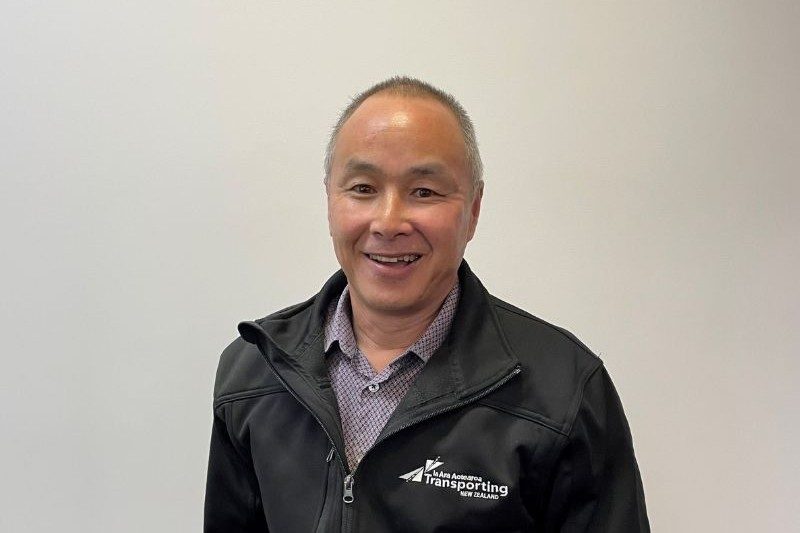
Blake Noble stresses the importance of camera technology in a fleet’s safety arsenal.
This month, I’m kicking things off with a glowing endorsement of in-vehicle camera technology – usefulness that’s been undeniable in three, significant unrelated events that have impacted three different fleets I’m connected with.
In all three instances, the footage obtained immediately after each event, two of which were serious, was beyond invaluable in not only identifying liability, but understanding how the incidents occurred. Without question, there were lessons for all parties involved, and in a couple of cases, the footage reiterated the old mantra that “anything can and will happen”, and that it’s often the actions of other road users that we need to be most alert to.
As we collectively strive towards better professionalism and compliance sector-wide, it baffles me that some operators don’t want to embrace the transparency camera technology brings with it fully. From my experience, working through some pretty challenging incidents, some of which had the benefits of cameras and some that didn’t, I can’t speak highly enough of the insights the footage provided. In almost all cases, it highlighted the exemplary approach the transport operator took, something that would otherwise have proven difficult to identify quickly and clearly. Ask anyone who’s had anything to do with a fatal incident, driver or operator, and they’ll likely tell you they’d adopt whatever tools they could to accelerate the investigation process – cameras are a critical enabler of this.
And, yep, sometimes the footage we’re presented with may not paint our team members in the light we’d like. But, as an employer, we’d surely far rather have a tool at our disposal enabling us to help quantify this in a black-and-white (poor pun, sorry!) manner than rely on an unfolding he-said, she-said scenario.
As an aside, I suspect we’re not that far away from insurance promoting the use of these tools in every fleet. I know one insurer already provides significant support to operators keen for help installing the technology.
Continuing with the theme of camera technology, I had the chance to ride in the cab of the Windrose EV tractor unit on Auckland’s motorway as 2024 drew to a close – a week or so after the vehicle arrived in the country. While it’s not yet towing a trailer, it showcases a level of thoughtful design that is hard not to appreciate. Features like the array of screens providing a full-length side view during lane changes and forward-facing cameras enhancing the visibility of oncoming hazards may sound simple in concept. But, in practice, they represent a significant leap forward. I have no doubt these innovations are a glimpse of what’s to come across the OEM landscape.
I also spent a couple of weeks across the ditch over Christmas and returned home impressed with the productivity displayed by Australia’s heavy transport fleet. It got me thinking – when will we see more route-specific opportunities for larger combinations? Maybe I’m oversimplifying the engineering and compliance challenges (or perhaps we’ve become experts at adding complexity?), but Auckland-Hamilton or Christchurch-Ashburton (and beyond) seem like prime routes for pushing 40ft/20ft combinations to 40ft/40ft – a simple shift that could boost productivity by 33% in one go. With economic growth and productivity high on the government’s agenda, surely it’s time to accelerate these opportunities.
Finally, I hope you’ve all seen my 2025 crystal-ball-gazing in last month’s column starting to morph into life in your neighbourhood – more of the good, less of the challenging, and profitable, safe operations for us all. Bring it on!
Read more
HVYD0G off the leash
0 Comments23 Minutes
Mapping it out
0 Comments6 Minutes
Remember where you come from
0 Comments35 Minutes





